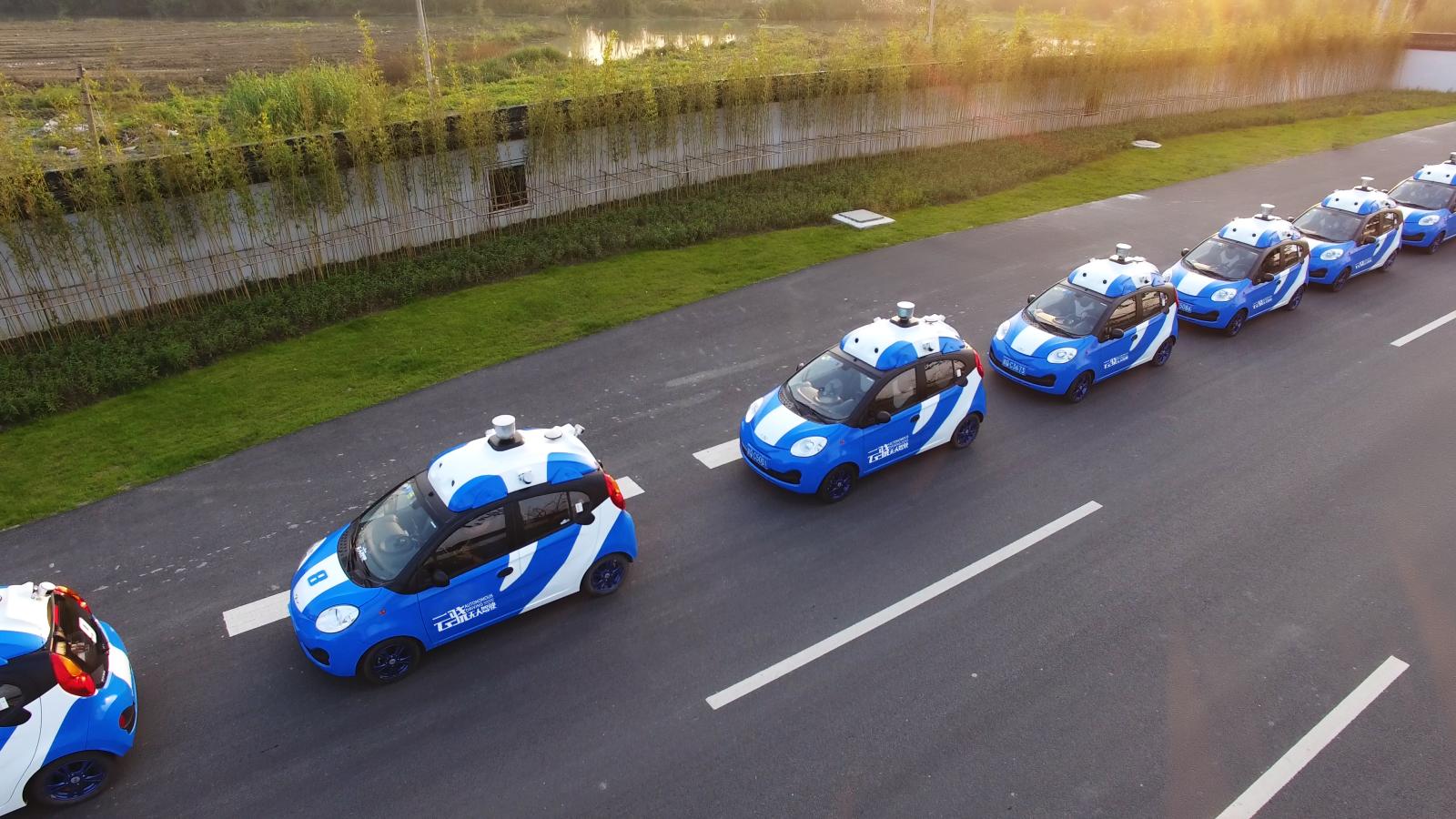Everyone’s in the self-driving car game now
In 2004, the US military wanted cars to drive themselves 142 miles across California’s Mojave Desert without ending up in a ditch. None succeeded. Just one year later, five contenders crossed the finish line. By 2007, self-driving cars could obey traffic laws, reports Wired.


In 2004, the US military wanted cars to drive themselves 142 miles across California’s Mojave Desert without ending up in a ditch. None succeeded. Just one year later, five contenders crossed the finish line. By 2007, self-driving cars could obey traffic laws, reports Wired.
But the race to bring self-driving cars to market really began when Google started building its own vehicle in 2009. Tesla and Uber followed by staffing up their autonomous-driving teams, and major traditional automakers soon sought to catch up. That led to acquisitions like General Motors’ $1 billion deal for three-year-old self-driving startup Cruise in 2016.
Now, everyone’s in the game. A look at the number of mentions for “autonomous vehicles” in corporate transcripts, press releases, and public materials shows a steep increase in the frequency of monthly mentions, according to the investment research firm Sentieo. The phrase was used only a few dozen times a month as recently as 2012, and in some months this year, has reached nearly 1,000 mentions.
Historical records show the demand for military applications seeded an ecosystem that eventually led to today’s commercial self-driving players. The number of annual references to autonomous or self-driving cars (Tesla’s figures include mentions of it’s “Autopilot” system) in companies’ corporate materials and transcripts in 2011 and 2015 show that robotics firms, military suppliers, and chipmakers were the first to stake claims in the space:
Since then, mass-market manufacturers and suppliers have eclipsed the early movers. Major automakers only arrived on the scene in earnest in 2015. Volkswagen and Toyota had made just two references to self-driving or autonomous cars in 2011. GM and Ford’s first public mention of autonomous vehicles appear in 2013. Even Tesla only started talking publicly in 2014, when it rolled out of its Autopilot system.
This is an indication of how deeply the software and hardware that’s emerged from Silicon Valley in the last decade has transformed the auto industry. Last year, more than 64 automotive companies set up shop in Silicon Valley. The next Detroit may be in California.